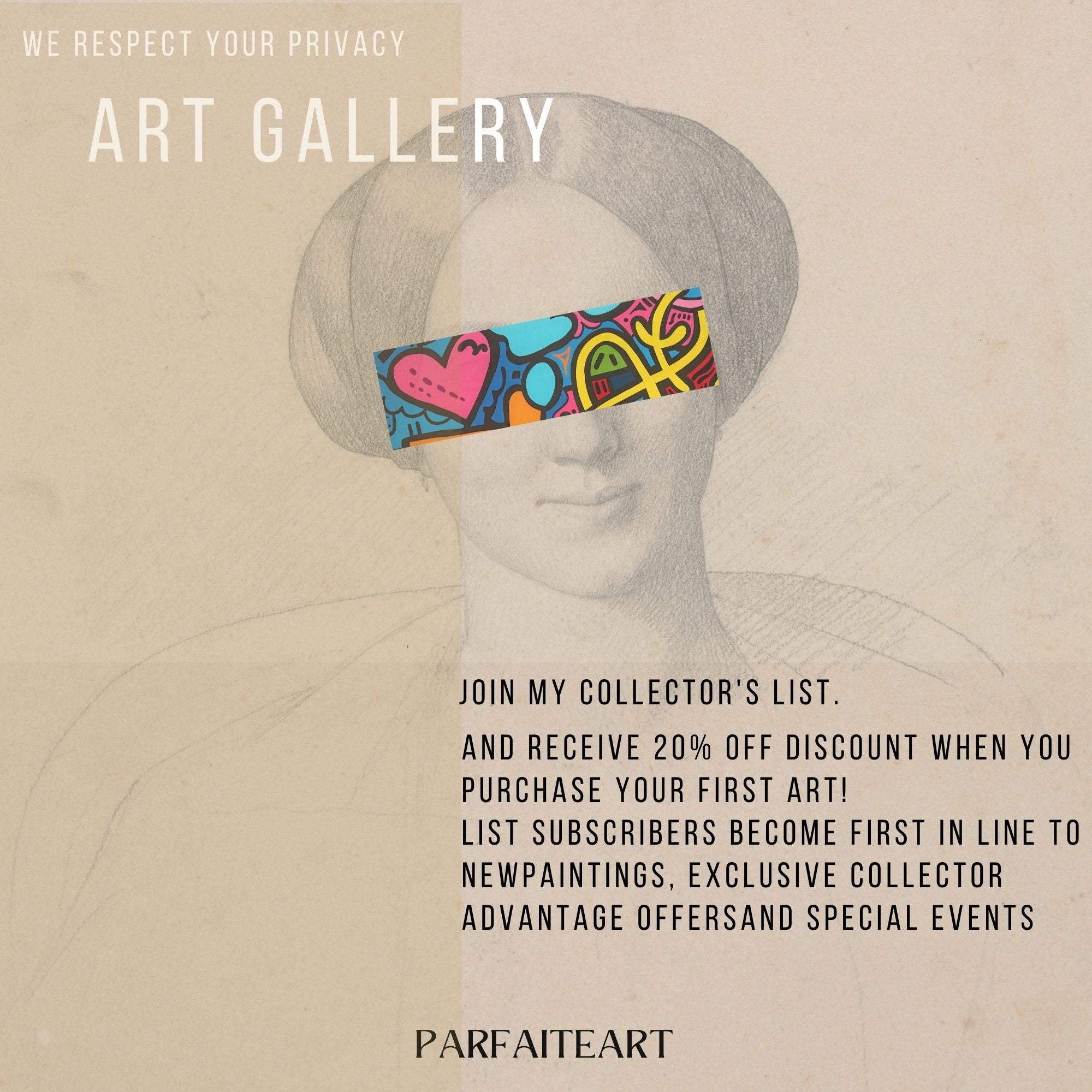Surrealism
There were two methods that distinguished Surrealist painting style. Artists such as Salvador Dalí, Yves Tanguy, and René Magritte painted in a hyper-realistic style in which objects were depicted in crisp detail and with the illusion of three-dimensionality, emphasizing their dream-like quality. The color in these works was often either saturated (Dalí) or monochromatic (Tanguy), both choices conveying a dream state.


Surrealism
Several Surrealists also relied heavily on automatic writing as a way to tap into the unconscious mind. André Breton defined Surrealism as "psychic automatism in its pure state, by which one proposes to express - verbally, employing the written word, or in any other manner - the actual functioning of thought." What Breton is proposing is that artists bypass reason and rationality by accessing their unconscious. In practice, these techniques became known as automatism, which allowed artists to forgo conscious thought and embrace chance when creating art. Artists such as Joan Miró and Max Ernst used various techniques to create unlikely and often outlandish imagery including collage, doodling, frottage, decalcomania, and grattage. Artists such as Jean Arp also created collages as stand-alone works.
















































































